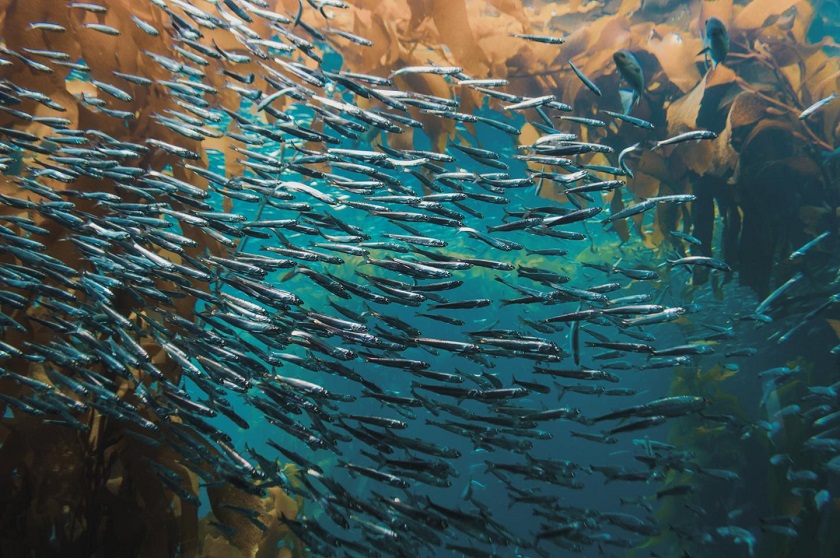PROCESSORS
Fish simulations provide new insights into energy costs of swimming
Muscle dynamics and hydrodynamics of undulatory swimmers balance to minimize energy consumption
A new computational analysis suggests that maximizing swimming speeds while minimizing energy costs depends on an optimal balance between a fish's muscle dynamics and the way its size, shape, and swimming motion affect its movement through the water. Grgur Tokic and Dick Yue of the Massachusetts Institute of Technology present these findings in PLOS Computational Biology.
Fish and other organisms, such as salmon and dolphins, swim in an undulating manner that enables high speeds at low energy costs. Many recent insights into energy consumption during swimming have arisen from advances in the understanding of fish muscle biomechanics or modeling of swimming hydrodynamics--how a fish moves through water according to its size, shape, and swimming motion. However, few studies have combined the two.
For a more complete picture, Tokic and Yue employed a mathematical model they previously developed that combines muscle biomechanics with swimming hydrodynamics. They used the model to conduct an extensive analysis of energy consumption during swimming--starting from energy supplied to muscles and tracking how that energy is transformed into useful hydrodynamic propulsion.  {module In-article}
{module In-article}
In contrast to previous research, the new analysis shows that, in order to minimize energy consumed by a fish with a given body mass swimming a given distance, it needs not to swim at maximum efficiency, calculated as power produced by muscles versus power consumed. To achieve maximum swimming speeds, fish muscles need not operate at maximum power levels. These findings are supported by real-world observations of swimming organisms across nine orders of magnitude in size.
"Our findings are surprising, but they are borne out by first principles from the underlying physics," Yue says. "They suggest that energetics of swimming can be substantially improved by optimizing the balance between muscle performance and hydrodynamics."
While this study simulated an idealized model organism, the researchers hope next to model the swimming energetics of realistic fish, such as tuna or salmon. Potential practical applications of this work could include the development of man-made, biomimetic swimming apparatuses with unprecedented efficiency.
